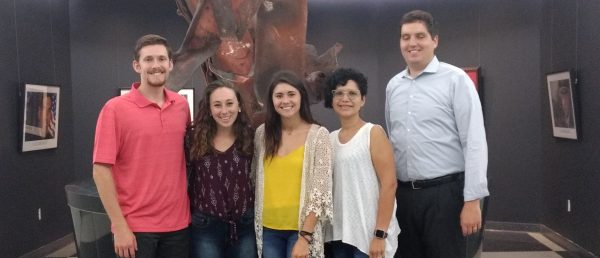Home

What is our research? How long have we been working on it? What is the goal?
Understanding Spontaneous Volunteer Management in Post-Disaster Relief
Informing Future Improvements to Spontaneous Volunteer Convergence
The present study aims to identify process and volunteer themes in post-disaster relief efforts with the goal of informing future improvements to spontaneous volunteer convergence. Amongst the first to respond to a disaster, spontaneous volunteers self-deploy shortly after the occurrence of a disaster seeking to contribute to the relief efforts. The team conducted interviews with the volunteers, volunteer coordinators, and beneficiaries to better understand volunteer recruitment/sustainment, volunteer intake and assignment, and volunteer management. They traveled to areas affected by Hurricane Harvey to conduct interviews, collect data, observe the volunteer process, and develop process maps of the relief centers. The team then completed a qualitative study of eleven volunteers and volunteer coordinators who participated in several organizations that responded in the aftermath of Hurricane Harvey. After transcribing all the interviews, the research team identified seven volunteer themes and seven process/organizational themes. They then utilized NVivo software to code references to each of the themes and then develop word frequencies, word maps, word trees, and output summary reports for the themes. With the same goals in mind, the focus shifted to Hurricane Florence volunteer relief efforts. The team traveled to eastern North Carolina to observe and participate in volunteer relief efforts and conduct interviews. An additional twenty interviews have been conducted on recent natural disasters such as Hurricane Florence and the tornadoes in Alabama. In addition to the qualitative analysis, the team also conducted quantitative analysis of the fluctuations in the number of volunteers over time and by location.